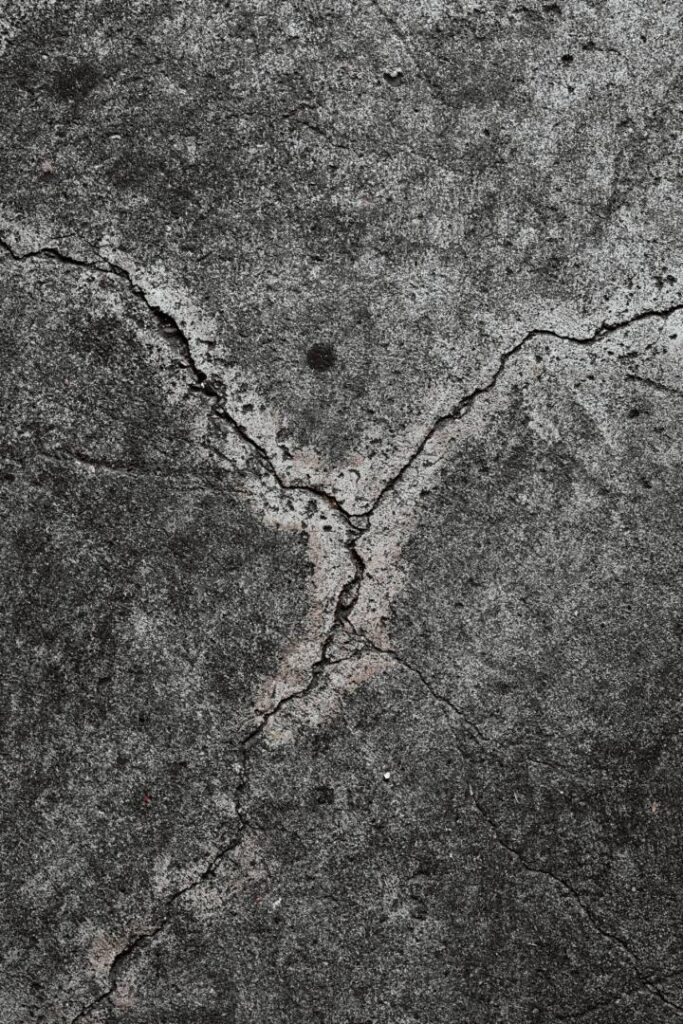Different Types of Concrete Damage and How to Repair Them
Concrete is known for its durability, but over time, it can suffer from various types of damage. Understanding these issues and knowing how to repair them is crucial for maintaining the integrity of your concrete structures. Let’s explore some common types of concrete damage and their repair solutions:
Cracks: Cracks can occur due to shrinkage, settling, or external factors like freeze-thaw cycles. To repair, clean the crack, fill it with epoxy or polymer-based filler, and smooth the surface.

Spalling: Spalling is the chipping or flaking of the concrete surface. It often happens due to exposure to harsh weather conditions or deicing chemicals. Repair involves removing damaged sections and applying a new concrete overlay.
Scaling: Scaling is similar to spalling but occurs in thin layers. To fix scaling, remove the loose concrete, clean the surface, and apply a concrete resurfacer to restore the finish.
Pitting: Pitting results from surface imperfections, often seen in older concrete. Repair it by filling the pits with a patching compound and smoothing the surface.
Erosion: Erosion happens when water washes away the concrete’s surface. Prevent further erosion by redirecting water away from the area. Repair may involve patching and applying a waterproofing sealer.
Corrosion of Reinforcement: When steel reinforcement rusts, it can cause concrete to crack and weaken. Repair involves removing rust, treating the steel, and patching the concrete.
Alkali-Aggregate Reaction: This chemical reaction causes concrete to expand and crack. Repair involves removing damaged concrete, using a low-alkali cement, and controlling moisture.
Settling: Uneven settling can lead to uneven surfaces or cracks. Raise and level the concrete using mudjacking or polyurethane foam injection.
Honeycombing: This is incomplete filling of the concrete mix, leaving voids. Repair by chipping away the damaged area and applying fresh concrete.
Efflorescence: White, powdery deposits on the surface occur due to water evaporation. Remove efflorescence with a stiff brush and prevent it by addressing water infiltration.
Crazing: Tiny, shallow cracks on the surface result from improper curing. Repair may involve sealing or resurfacing.
Structural Damage: Serious structural issues may require professional evaluation and repair, such as reinforcing or replacing sections of the concrete.
Regular inspections and timely repairs are key to preserving your concrete structures. Depending on the type and extent of damage, consider consulting a concrete specialist or contractor for the best repair approach. Proper maintenance ensures that your concrete remains safe, functional, and aesthetically pleasing for years to come.
Back To Blog
